#David Young Cameron
Text
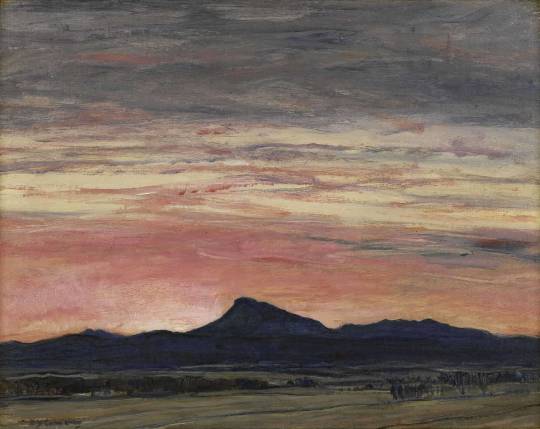
David Young Cameron (British, 1865-1945), Sunset, Ben Ledi. Oil on canvas, 14 x 18 in.
253 notes
·
View notes
Text
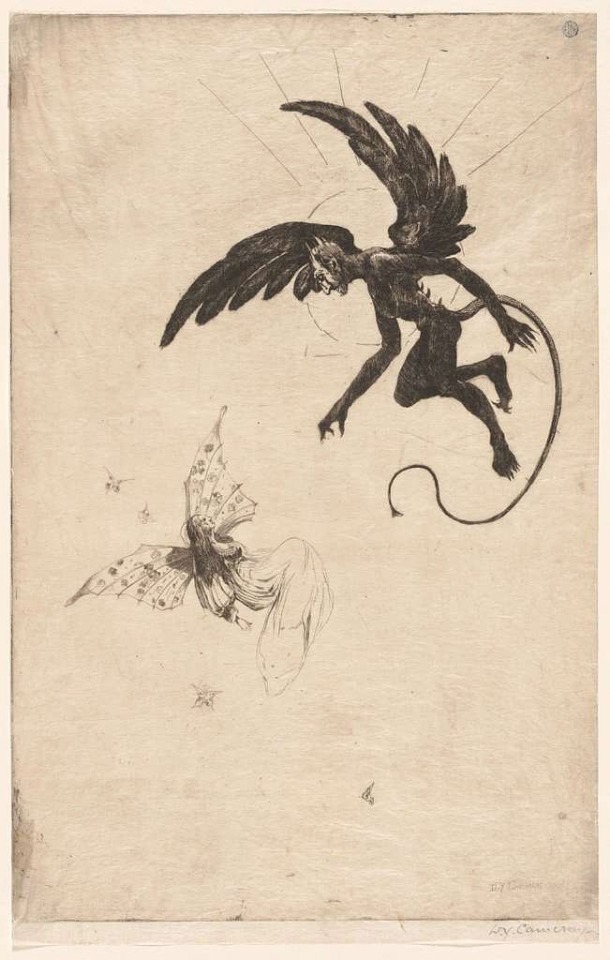
The Devil and the Fairy
1893
Artist : David Young Cameron
#david young cameron#devil#fairy#diable#fée#encre#etching#1893#scottish artist#sir david young cameron
2K notes
·
View notes
Text

David Young Cameron - The Devil and the fairy (1893)
139 notes
·
View notes
Text

'Linlithgow Palace' (19th–20th century) by David Young Cameron (1865–1945).
Watercolour over graphite.
The palace was the birthplace of James V and Mary, Queen of Scots.
Image and text information courtesy Metropolitan Museum of Art and Wikimedia.
96 notes
·
View notes
Text
Sueña peligrosamente… “Sandman”

Cuando cerramos los ojos y dormimos, otro mundo nos espera. Allí, en La Ensoñación, Sandman, el rey del sueño, le da forma a nuestros miedos y fantasías. Pero, tras una captura inesperada, Sueño se ve privado de su libertad durante un siglo y su ausencia pone en marcha una serie de sucesos que cambiarán el mundo de la vigilia y el de la ensoñación.
Para restaurar el orden y enmendar los errores que cometió durante su larga existencia, Sueño debe viajar por distintos planos y líneas de tiempo y reencontrarse con viejos amigos y enemigos. Mientras busca cumplir su cometido, conocerá a nuevas entidades, tanto cósmicas como humanas.
Estreno: 5 de agosto de 2022 en Netflix.
youtube
Basada en las famosas historietas de DC Comics escritas por Neil Gaiman, la serie cuenta con las actuaciones de Tom Sturridge, Boyd Holbrook, Patton Oswalt, Vivienne Acheampong, Gwendoline Christie, Charles Dance, Jenna Coleman, David Thewlis, Stephen Fry, Kirby Howell Baptiste, Mason Alexander Park, Donna Preston, Vanesu Samunyai, John Cameron Mitchell, Asim Chaudhry, Sanjeev Bhaskar, Joely Richardson, Niamh Walsh, Sandra James Young, Razane Jammal, entre otros.




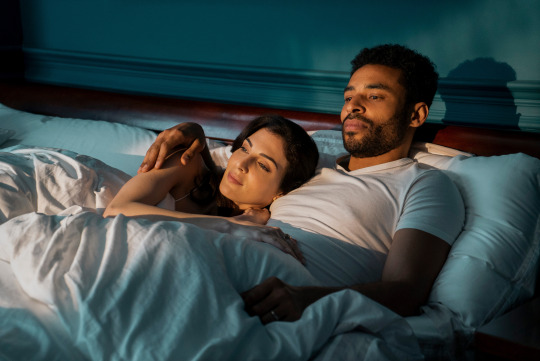
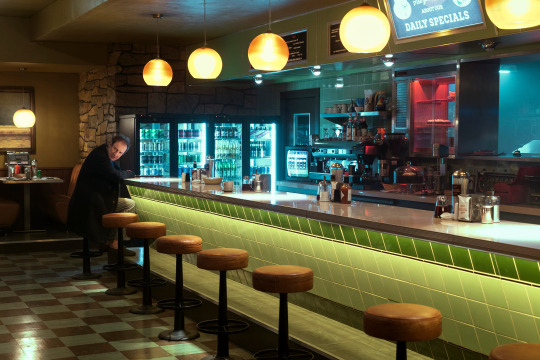











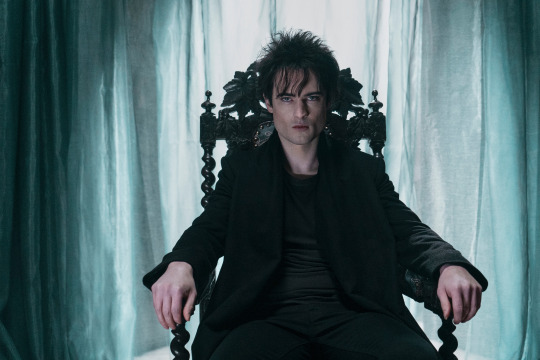
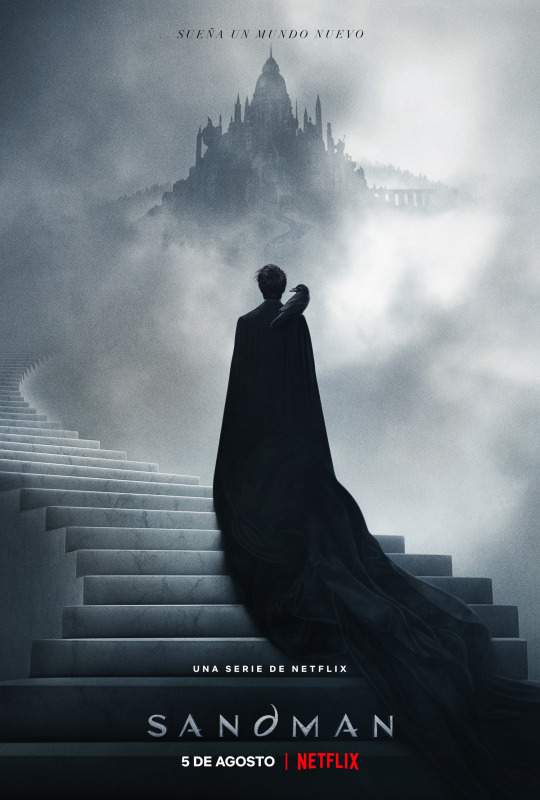
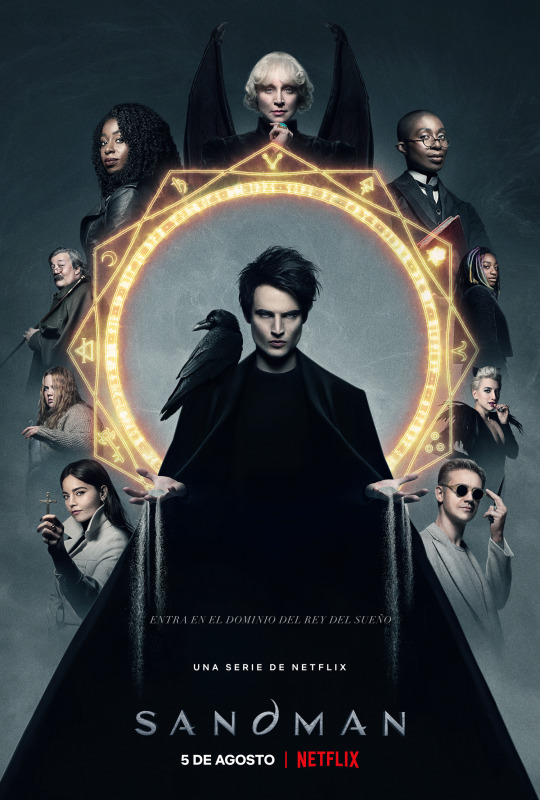
Detrás De Cámaras




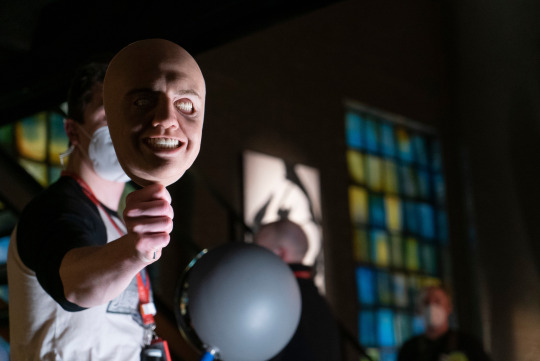
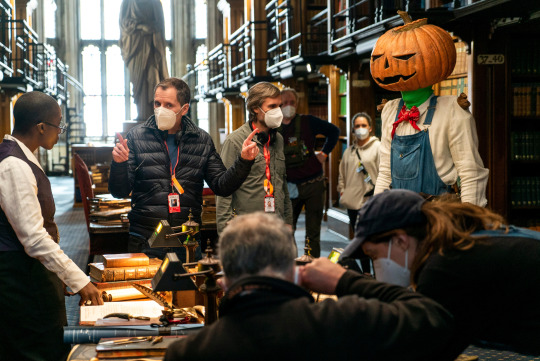
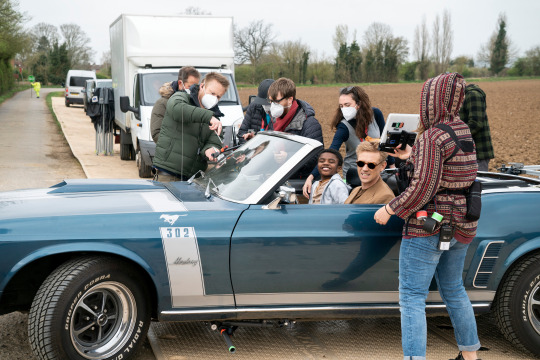

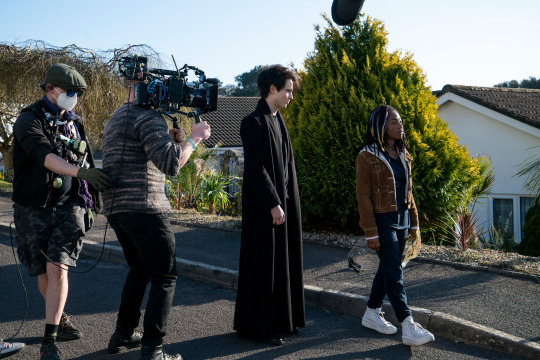
#Sandman#Tom Sturridge#Boyd Holbrook#Patton Oswalt#Vivienne Acheampong#Gwendoline Christie#Charles Dance#Jenna Coleman#David Thewlis#Stephen Fry#Kirby Howell Baptiste#Mason Alexander Park#Donna Preston#Vanesu Samunyai#John Cameron Mitchell#Asim Chaudhry#Sanjeev Bhaskar#Joely Richardson#Niamh Walsh#Sandra James Young#Razane Jammal#Series#Netflix
4 notes
·
View notes
Text
CARLSON YOUNG MANIPS .
all manips made by myself .
no need to credit if you use these .
if you’d like to order your own manips , see how to do so here !
commissions are open , find my google form here !

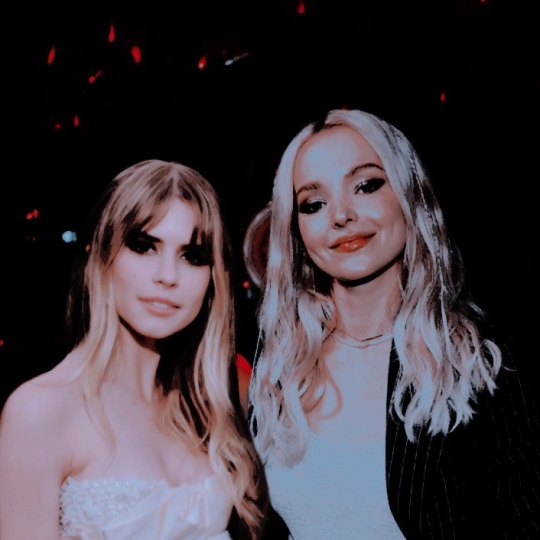


#roleplay resources#rp resources#roleplay community#rp community#roleplay blog#rp blog#carlson young manips#carlson young manip#david harbour manips#david harbour manip#dove cameron manips#dove cameron manip#harry styles manips#harry styles manip#jacob elordi manips#jacob elordi manip#internicivus manips
2 notes
·
View notes
Text


Cameron Chapman on Instagram, 03/03/2023.
Class of ‘23 🎓 @wonderland
#2023#Cameron Chapman#Wonderland#Kit young#david jonsson#bethany antonia#danielle galligan#karla simone spence#Mirren mack
2 notes
·
View notes
Text
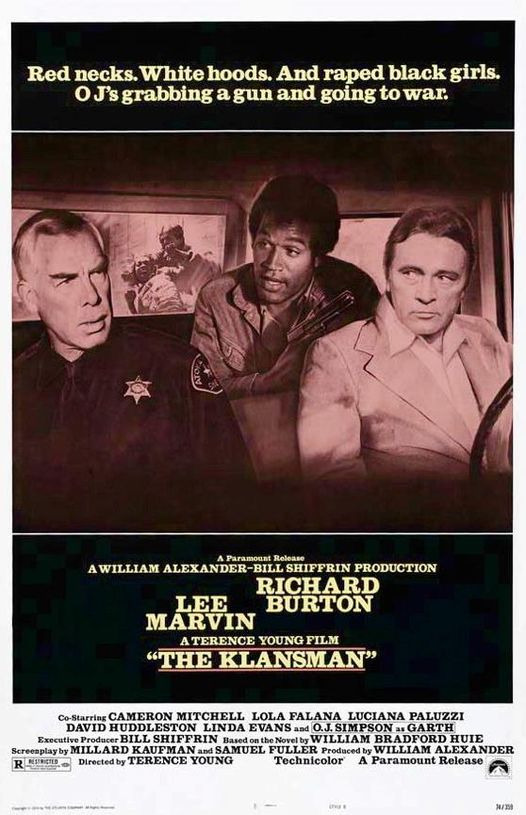
#The Klansman#Lee Marvin#OJ Simpson#Richard Burton#1974#70s#William Bradford Huie#Terence Young#Cameron Mitchell#Lola Falana#David Huddleston#Linda Evans
0 notes
Link
Remembering David Crosby 1941-2023
Sad news today that musician David Crosby has died at 81. He was a member of The Byrds during their golden era of 1964-67 and he returned from 1972-73 and various reunions thereafter. They had a ton of classics like “Mr. Tambourine Man”, “So You Want to be a Rock ‘n’ Roll Star” and “Turn! Turn! Turn!”. Then he was a part of the folk supergroup Crosby, Stills and Nash, which later evolved into Crosby, Stills, Nash and Young when Neil Young joined. As a longtime Neil Young fan, I had an appreciation for Crosby’s music, songwriting and vocals. CSN&Y’s 1970 album Déjà Vu is one of my favorites of that era. “Teach Your Children”, “Ohio”, “Woodstock”, and “Our House” are all classics! Crosby was also tight with The Beatles: he stopped by the studio when they recorded “Lovely Rita” and partied with Ringo Starr.
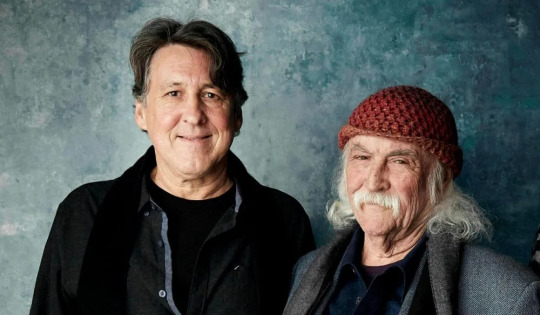
Crowe and Crosby
Crosby also did some acting, notably in Hook and as a voiceover on The Simpsons. But if you really want to know the story of Crosby, check out the 2019 documentary David Crosby: Remember My Name produced and narrated by Cameron Crowe.
The link above is the obit from Variety.
#david crosby#the byrds#crosby stills and nash#crosby stills nash and young#neil young#The beatles#hook#the simpsons#david crosby: remember my name#cameron crowe#music nerd#film geek#rip
0 notes
Note
please tell us more about your mad theory about the tories getting rid of Sunak?
So the Tories currently have two (2) major problems.
Problem the first: they are about to lose power as soon as the GE rolls around, which it must do by January 2025 at the absolute latest. And the country is baying for one sooner.
This is very much preoccupying their minds at the minute. The rich and powerful will never willingly let you vote away their wealth and power, and to put this into perspective, the Tory party has ruled this country either jointly or alone for over a decade at this point. One of David Cameron's strategies as leader was to focus on recruitment of young and exciting diverse Tories into the party, which is how we got such stellar entries as Liz Truss and Priti Patel and Suella Braverman. These are MPs, therefore, who have never known political life outside of being on the winning side. They are seeing the end of the gravy train in sight, and they are taking it as well as you'd expect.
This is why the infighting is so rife (partly; bear with). The main thing they care about right now is making the party electable again, and fast.
But...
Problem the second: like all good fascist dictators, when Boris Johnson came to power, he fired everyone who said anything bad about him for disloyalty, and promoted all his personal friends. This is how we got such stellar entries as Nadine Dorries and Jacob Rees Mogg and Michael Fabricant. But THAT'S an issue because saying bad things about BJ is basically what intelligent people did, because the man was a useless blundering oaf who killed horrifying numbers of his own electorate via the world's second worst mismanagement of a global pandemic. So removing anyone who criticised him meant, in very real terms, removing the only Tories with half a brain who were even a fraction capable of doing joined up thinking required to run a country. Like, fuck every Tory with a cactus, obviously, but they did at least used to have competent, high calibre politicians, however evil and grotesque they were. David Cameron should die in a cesspit, but he was capable of remembering to put the bins out (before wage cutting the refuse collectors).
And therein lies the real problem: okay, BJ is gone, the party is in ruin, they're staring down the barrel of the most humiliating election defeat in history. They need someone competent that they all like who can take the reins and make people like them again.
But who's left?
There's no one. There's no one left. Not just because the remaining Tories are too low calibre to lead; they're too low calibre to even be able to pick someone without shrieking like cliquey little harridans on the playground about how the wrong in-group got in. Half of them are still BJ loyalists who hate anyone who criticise The Great Brexit Leader. The other half hate BJ for managing to make everyone hate the Tories so much that they're in this mess. Both halves are willing to sabotage the chosen leader of the other, locked in a battle of mutually assured destruction.
So how does Sunak fit into this?
He's unpopular in the party to a truly staggering degree, and not much better in the eyes of the public. He's tried to take a centrist stance on BJ, but that's actually just pissed off both sides. He did manage to stabilise the economy somewhat after the appalling mess Liz Truss threw it into, but he hasn't actually fixed it - we're still mid-cost of living crisis, we're still inexplicably not rich after Brexit like Boris prommied, inflation is still at an all time high as public services crash. The public hates him.
And he hasn't made the public stop hating the Tories. That petition calling for a GE is great, because it won't happen - BUT, it does force the issue to be debated in Parliament with opposition parties getting to stick the boot in, which means the humiliation continues. The Tories are starting to get desperate again.
And because this lot of Tories are, as mentioned, utterly terrible low-calibre political idiots, their response to this pressure has for the last four years been to oust the leader and get another.
And the first letters of no confidence have been sent into the 1922 Committee already. The devil moves fast, but knuckle dragging Tories with a fifth of a braincell each move faster.
And thanks to the absolute fucking state of them all... I cannot believe I'm saying these words, but genuinely the best person they have left who could possibly do the job is, of all fucking people, Michael Fucking Gove, and it won't even be him because he was mean to Boris once.
So yeah. I reckon Sunak may be out in six months. Fuck knows who we get instead. Probably Penny Mordaunt.
1K notes
·
View notes
Text
Capricorn Mood Playlist

Capricorn! The ambitious, the enterprising, and the persistent earth sign which has determination above all. Let’s take a look at the picks for the week:
1. Potion by Calvin Harris, Dua Lipa, andYoung Thug
2. You Ruin Me by The Veronicas
3. Heroes by David Bowie
4. Lovesick Girls by Blackpink
5. Cinderella by Mac Miller
6. Lights by Ellie Goulding
7. Boyfriend by Dove Cameron
8. Bestie/Hit by NBA Youngboy and Dababy
9. Here You Come Again by Dolly Parton
#you ruin me#the veronicas#heroes#david bowie#cinderella#mac miller#nba youngboy#dababy#bestie hit#lights#ellie goulding#dove cameron#boyfriend#dolly parton#here you come again#calvin harris#Dua Lipa#young thug#potion#lovesick girls#blackpink#capricorn#capricorn zodiac sign#zodiac#astrology#playlist
1 note
·
View note
Text
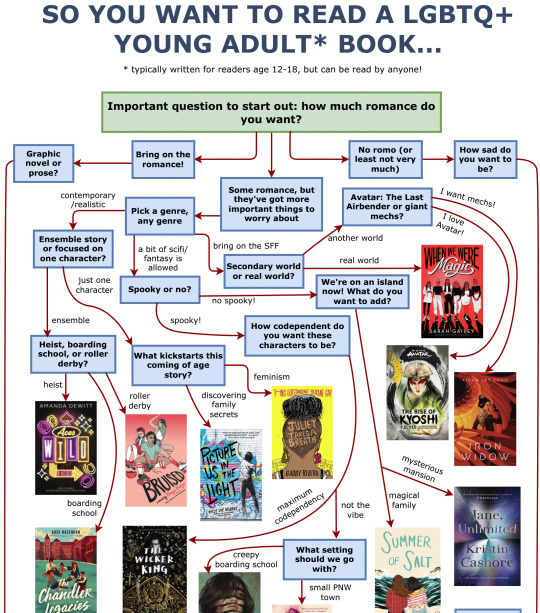
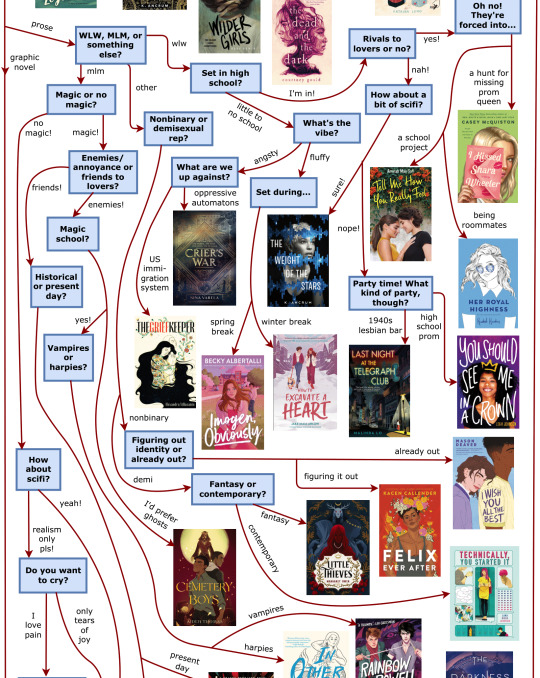

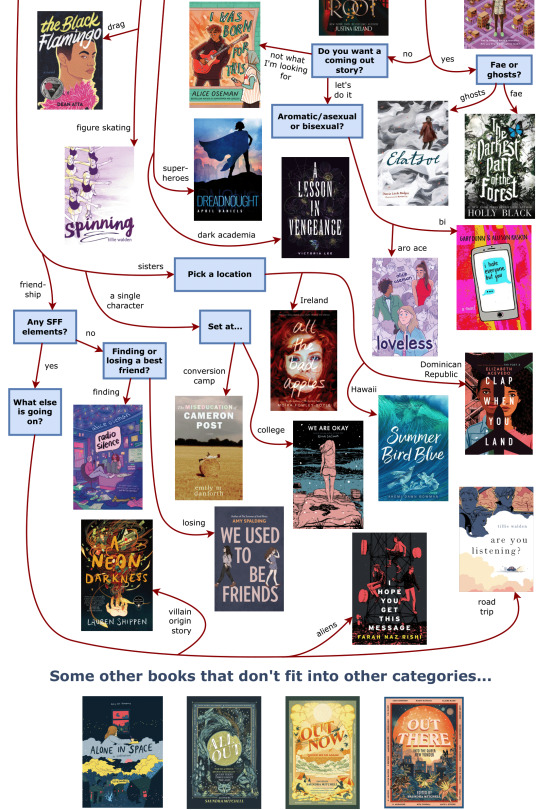
part 2 of the 2023 version of this post: young adult books!
part 1: middle grade books | part 3: adult books
this is a very incomplete list, as these are only books I've read and enjoyed. not all books are going to be for all readers, so I'd recommend looking up synopses and content warnings. feel free to message me with any questions about specific representation!
list of books under the cut ⬇️
aces wild by amanda dewitt
the chandler legacies by abdi nazemian
bruised by tanya boteju
juliet takes a breath by gabby rivera
picture us in the light by kelly loy gilbert
when we were magic by sarah gailey
iron widow by xiran jay zhao
the rise of kyoshi by f.c. yee
jane unlimited by kristin cashore
summer of salt by katrina leno
the wicker king by k. ancrum
the dead and the dark by courtney gould
wilder girls by rory power
i kissed shara wheeler by casey mcquiston
her royal highness by rachel hawkins
tell me how you really feel by aminah mae safi
the weight of the stars by k. ancrum
you should see me in a crown by leah johnson
last night at the telegraph club by malinda lo
the grief keeper by alexandra villasante
crier's war by nina varela
how to excavate a heart by jake maia arlow
imogen, obviously by becky albertalli
in other lands by sarah rees brennan
carry on by rainbow rowell
cemetery boys by aiden thomas
felix ever after by kacen callendar
i wish you all the best by mason deaver
little thieves by margaret owen
technically you started it by lana wood johnson
the gentleman's guide to vice and virtue by mackenzi lee
the infinite noise by lauren shippen
bonds of brass by emily skrutskie
the darkness outside us by eliot schrefer
simon vs. the homo sapiens agenda by becky albertalli
what if it's us by becky albertalli and adam silvera
aristotle and dante discover the secrets of the universe by benjamin alire sáenz
like a love story by abdi nazemian
different for boys by patrick ness
history is all you left me by adam silvera
twelfth grade night by molly horton booth, stephanie kate strohm, and jamie green
across a field of starlight by blue delliquanti
heartstopper by alice oseman
check, please! by ngozi ukazu
bloom by kevin panetta and savanna ganucheau
laura dean keeps breaking up with me by mariko tamaki and rosemary valero-o'connell
the princess and the grilled cheese sandwich by deya muniz
if you'll have me by eunnie
on a sunbeam by tillie walden
the girl from the sea by molly knox ostertag
always human by ari north
rust in the root by justina ireland
dread nation by justina ireland
pet by awkwaeke emezi
the darkest part of the forest by holly black
elatsoe by darcie little badger
i was born for this by alice oseman
loveless by alice oseman
i hate everyone but you by gaby dunn and allison raskin
you know me well by nina lacour and david levithan
the black flamingo by dean atta
spinning by tillie walden
dreadnought by april daniels
a lesson in vengeance by victoria lee
all the bad apples by moira fowley-doyle
clap when you land by elizabeth acevedo
summer bird blue by akemi dawn bowman
the miseducation of cameron post by emily m. danforth
we are okay by nina lacour
radio silence by alice oseman
we used to be friends by amy spalding
a neon darkness by lauren shippen
i hope you get this message by farah naz rishi
are you listening? by tillie walden
alone in space by tillie walden
all out edited by saundra mitchell
out now edited by saundra mitchell
out there edited by saundra mitchell
#lgbtq+ books#queer books#book recommendations#gay books#ya books#lgbtq+ ya books#book flow chart#part 2 of 3!#dear god this almost twice as many books as the previous flow chart. and it's JUST YA.#mp
558 notes
·
View notes
Text
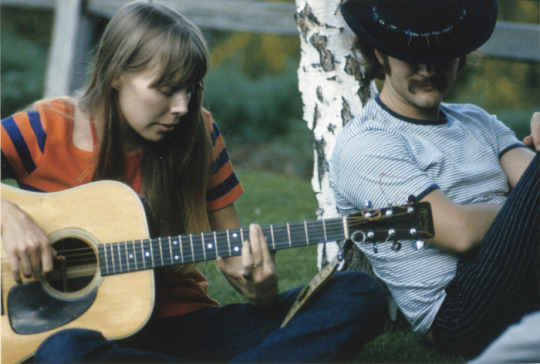

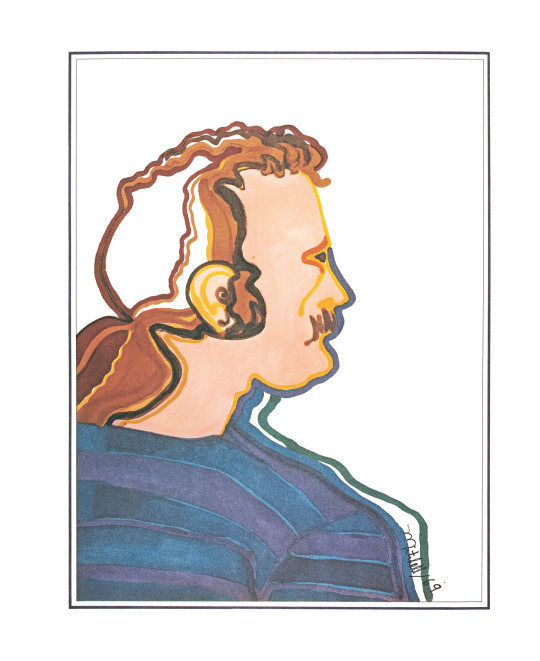




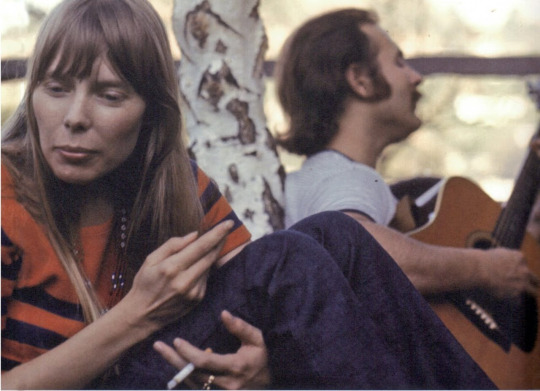
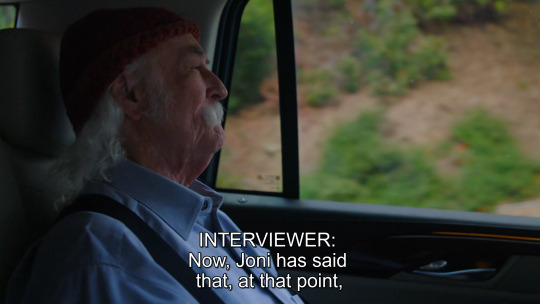
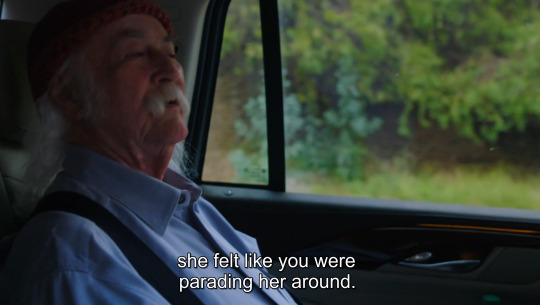
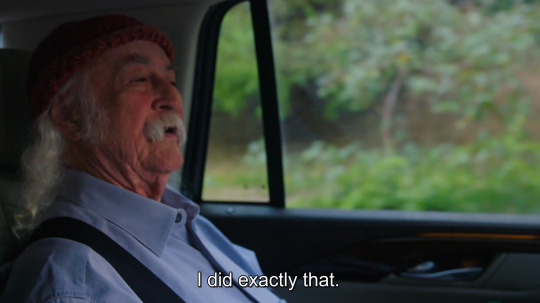





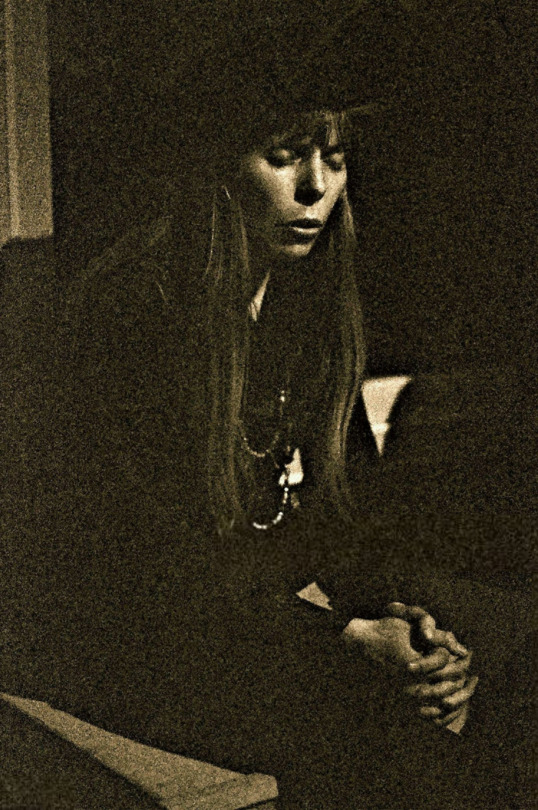








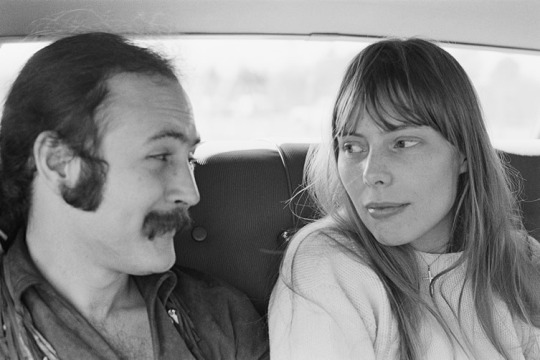
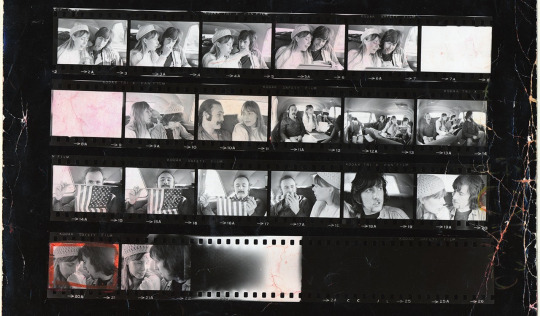



david crosby & joni mitchell
Joni Mitchell and David Crosby, hanging out with Eric Clapton, Micky Dolenz, Laurel Canyon, February 1968 © Henry Diltz. / Cactus Tree - Joni Mitchell / Portrait of David Crosby by Joni Mitchell, 1969 / David Crosby, Panama Canal artwork by Joni Mitchell, 1969 / Guinevere - Crosby, Stills and Nash / A Schooner Runs Through It | BoatUS and Reckless Daugther by David Yaffe / Unknown, Nature film, 1970s / Joni Mitchell listening as David Crosby plays at Cass Elliott’s home, 1968. © Henry Diltz / Remember My Name (2019) dir. Cameron Crowe / Reckless Daugther by David Yaffe / Joni Mitchell signing her record deal with Elliot Roberts (her manager), David Crosby (producer) and Mo Ostin, RCA Record executive, 1967 / David Crosby and Joni Mitchell at Big Sur, Rolling Stone, October 12th 1968 / Coconut Grove / Joni Mitchell wearing David Crosby’s brimmed hat—Sunset Sound Recorders, Los Angeles, CA, 1967 © Sulfiati Magnuson. / Joni Mitchell and David Crosby during recording season to “Song To A Seagull”, 1967 © Sulfiati Magnuson / Quote from Remember My Name (2019) dir. Cameron Crowe / That Song about the Midway - Joni Mitchell / David Crosby Song To A Seagull sleeve, 1967 / David Crosby, 1969 © Henry Diltz / Joni Mitchell describing David Crosby as Yosemite Sam / David Crosby, Joni Mitchell and Graham Nash travel to Big Bear Lake, 1969 © Henry Diltz / Henry Diltz contact sheet, with Joni Mitchell, Graham Nash, and David Crosby. / Joni Mitchell with Crosby, Stills, Nash, & Young, Wembley Stadium, September 14, 1974. © Vin Miles / David Crosby tweeting about Joni Mitchell and Brandi Carlile after their performance at the Newport Folk Festival, July 2022
153 notes
·
View notes
Text
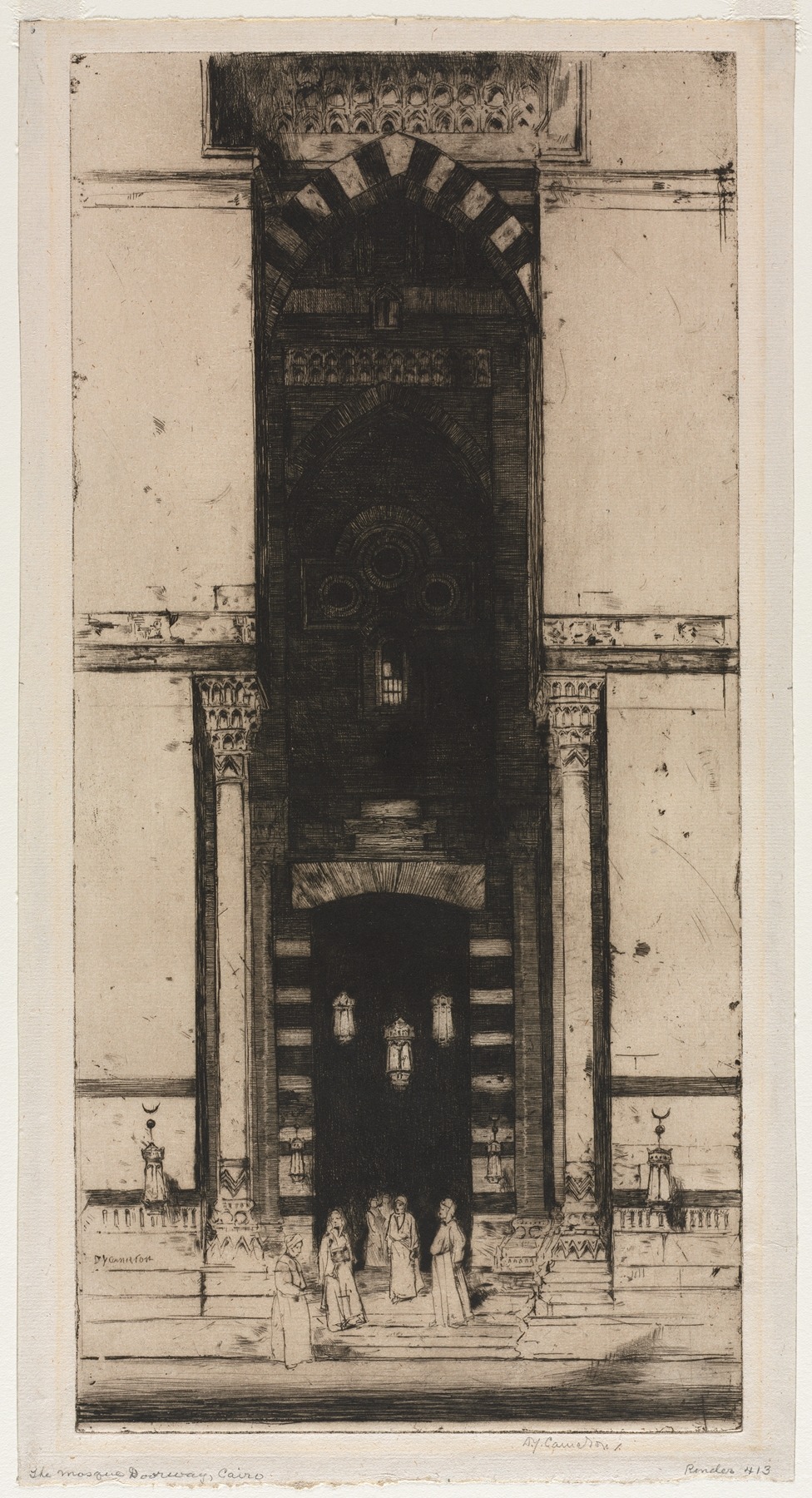
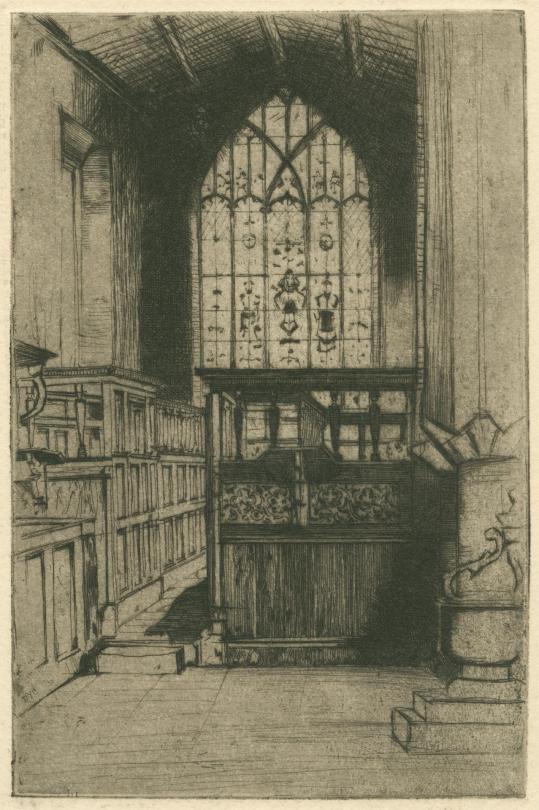
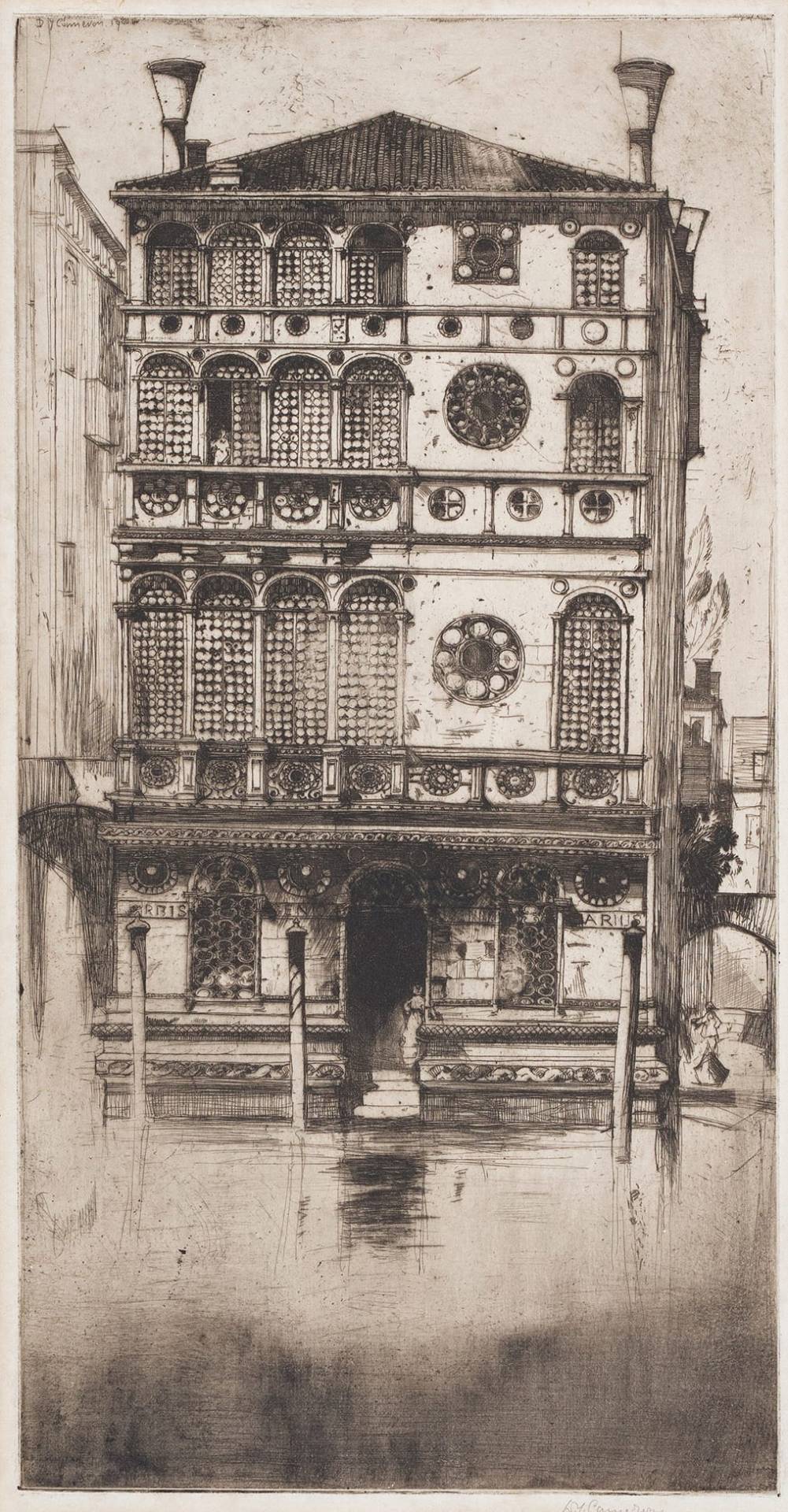
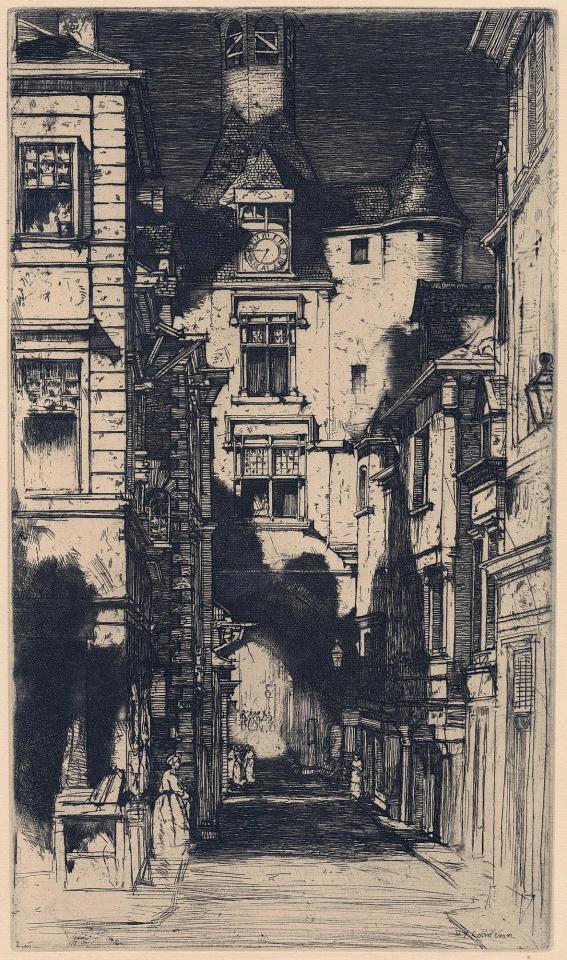
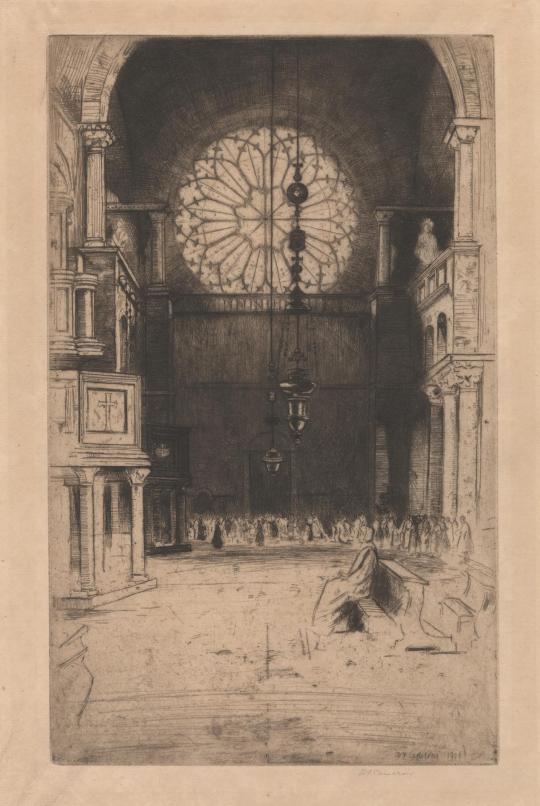

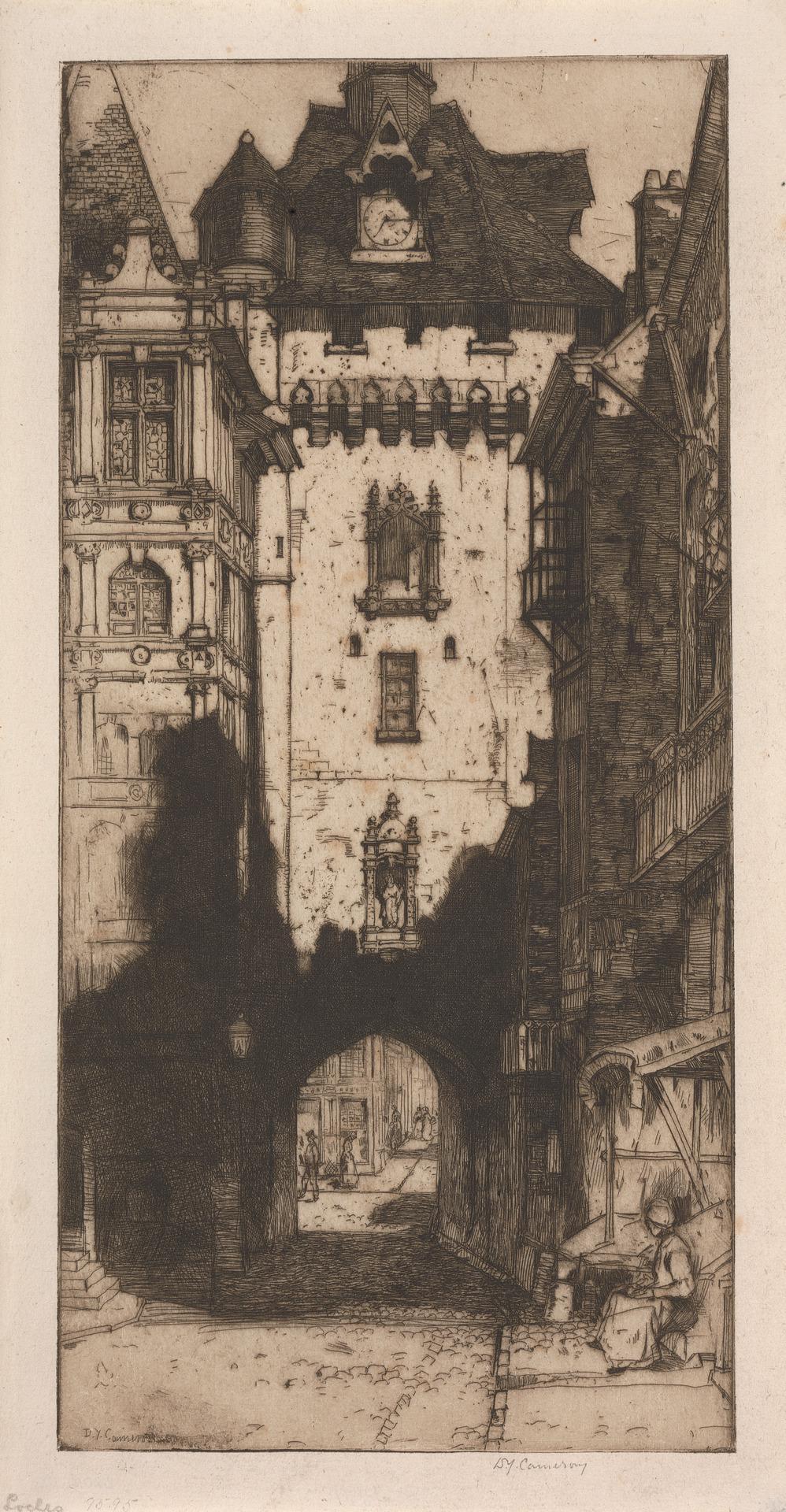
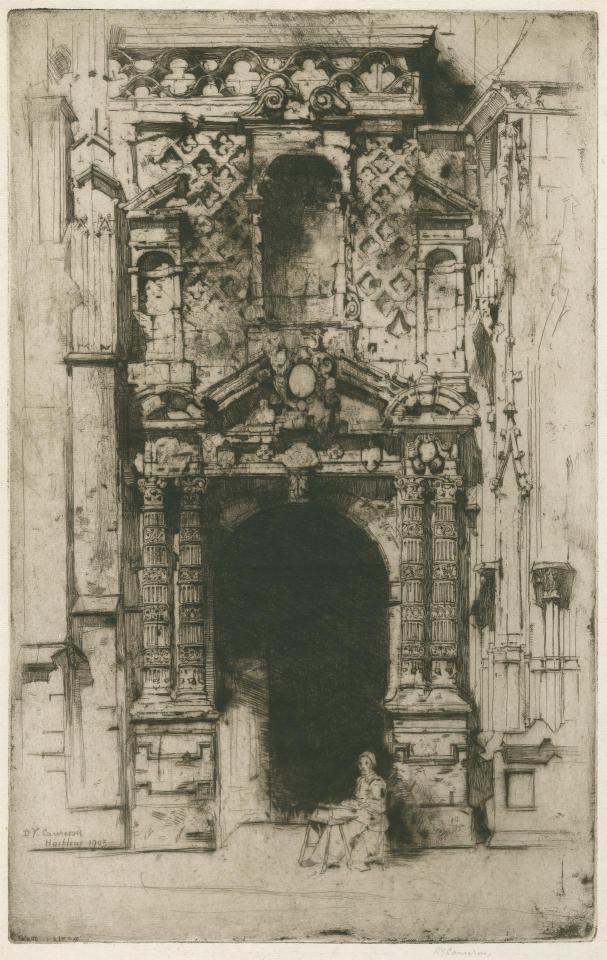
David Young Cameron (Scottish, 1865-1945)
355 notes
·
View notes
Text
Kate is not your drama queen Her self-possession drives people wild - Jenny McCartney UnHerd.

Just over a decade ago, the late novelist Hilary Mantel delivered a lecture to an event at the London Review of Books and triggered national outrage. In the course of a talk on “Royal Bodies”, which ranged widely across royal women from Anne Boleyn to Marie Antoinette and Princess Diana, she had made what many perceived as disparaging remarks about Kate Middleton, then the Duchess of Cambridge. The Duchess, she said, appeared to have been “designed by a committee and built by craftsmen, with a perfect plastic smile and the spindles of her limbs hand-turned and gloss-varnished”. Indeed, Mantel said, Kate “seems to have been selected for her role of princess because she was irreproachable: as painfully thin as anyone could wish, without quirks, without oddities, without the risk of the emergence of character”.
At this, the newspapers were soon in uproar. The prime minister David Cameron called the comments “completely misguided and completely wrong” and the Labour leader Ed Miliband agreed they were “pretty offensive”. Mantel doggedly refused to back down, saying that her remarks had been twisted out of context, and that she was in fact writing with sympathy about the perceptions that are forcefully projected on to royal women, the cage in which they are held to be goggled at. That was true, but also perhaps not the entire truth, for there was still a perceptible trace of authorial vinegar in the portrait: which of us would be happy to learn, even in sympathy, that we were held at low risk for “the emergence of character”?
Royals are public as well as private figures, of course, and authors are free to hang intellectual ideas on them to try out, as designers do with clothes. Yet while much of the lecture was sharply perceptive, I didn’t agree with the portrait of Kate. That word “selected” had rendered her passive, when in fact her behaviour thus far had suggested both an active intelligence and an unusual degree of self-discipline. The context of her entry into “The Firm” was different from that of other royal brides. Unlike Diana, who had barely emerged from the fractured chrysalis of her troubled aristocratic family when she first met the much older, more worldly Prince Charles, Kate was a contemporary of Prince William’s at the University of St Andrews. Her family background, which appeared warm and supportive, was comfortably middle-class. She seemed generally cheerful and unruffled, even when the press was at the barbed peak of its “Waity Katie” hysteria, trying to goad Prince William into a proposal or abandonment.
After the wedding, in her approach to royal duties, she clearly took the role she had inherited with marriage seriously. The royal whose attitude her own most resembled was the late Queen Elizabeth II, who had long understood the essential nature of the job: to turn up to public events looking the part, intuit precisely what was needed — gravitas, fun, consolation or reassurance — and deliver it while keeping one’s personal emotions on the back burner. This is what a monarchy demands, and the ability to act as an impeccable interpreter of the public mood, year after year, is a particular and testing art. A few have a natural aptitude for it, but most of us do not, and would quickly find its scrutiny and restrictions intolerable.
Grace under consistent pressure is an admirable quality. Were a ballet dancer to execute a string of flawless performances, or a pilot to conduct numerous flights without incident, it would not be deemed evidence of an absence of character: quite the opposite. Yet in Kate — especially for those who increasingly conduct their lives online — serene self-possession seems to drive a proportion of onlookers insane: what lurks behind it, what dark secret is waiting to destroy it, how best might it be disrupted? The uncomfortable truth is that what many people deeply crave in a young and beautiful royal wife and mother is not competence, but crack-up
The increasingly bizarre treatment of Kate, or the idea of Kate, is connected to the most dominant phenomenon of our age: a cultural prioritising of drama over duty. The supply of drama has spilled beyond the confines of the novel, theatre, cinema or television to become a commodity on which our public figures are judged. When Mantel spoke of Kate’s apparent absence of emerging “character” she was assessing her primarily through the hungry eyes of a novelist. In books, central female characters often generate dramatic tension by chafing against their circumstances, by the intensifying dazzle of their discontents, something that Kate refused to transmit. In contrast, Mantel described Diana as a “carrier of myth”: Diana, publicly trapped in the disappointments of her marriage, certainly carried more plot twists than any author had a right to expect. Unfortunately for her, the final one was her shockingly premature death.
Set against this artistic conception of “character” — distinctive qualities or flaws that, one way or another, deliver drama — is the societal judgement “of good character”, meaning someone who is broadly reliable and respected in relation to their behaviour to others. In recent years the electorate, in line with Neil Postman’s warning in his 1985 book, Amusing Ourselves To Death, has proved increasingly ready to select the former over the latter, even to the marked detriment of our civic health. The former prime minister Boris Johnson instinctively understood it as his job not to deliver the detail of workable policy, but to satisfy the public’s appetite for story: “People live by narrative,” he once told UnHerd’sTom McTague. In the US, Donald Trump — that relentless generator of low mockery and high fury — is now running for a second term as president, after his first one ended in his supporters storming the Capitol building.
Men are often permitted to survive the frantic generation of drama: it is everyone around them who suffers. Yet women — in art and life — have a greater tendency to be destroyed by it. There is no strutting female equivalent of the male “hellraiser”, but rather a woman who, soaked in the crocodile tears of the tabloids, is tragically “causing concern” among friends. Art and its audiences have always relished the restless struggle and disintegration of female characters who are, or become, unmoored from the harbour of marriage and children. Flaubert’s Emma Bovary — her imagination inflamed by reading novels — is bored with her marriage and disenchanted with motherhood; she seeks solace in affairs and excessive spending, the consequences of which hasten her suicide. Zola’s Nana, a courtesan who ruthlessly captivates Parisian society, has her beguiling face eaten away by smallpox. Janis Joplin and Amy Winehouse, immolated on their blazing talent, are hung posthumously high in the musical hall of fame, next to Sylvia Plath in the poetry section and Marilyn Monroe in cinema.
In Jean Rhys’s Good Morning, Midnight,a middle-aged English woman called Sasha Jansen, mourning an unhappy marriage and a dead child, finds herself in Paris, a vulnerable drifter seeking solace from stray men. Rhys herself, who died at 88 after a precarious but surprisingly long life, had much in common with her literary creations. As the writer and editor Diana Athill crisply put it: “Jean was absolutely incapable of living, life was just hopelessly beyond her. When she was young, she floated from man to man in a hopeless way… by the time she was old, she floated from kind woman to kind woman.”
In Rhys’s latter years — hard-drinking, irascible and impoverished — Athill and a small group of female friends formed what they called “The Jean Rhys Committee” which met regularly to ask “what should we do next?”. Rhys’s claim to such loyalty, I suppose, was the weight of her literary talent, her ability to exert an odd kind of fascination, and the fortunate soft-heartedness of her friends. The dramatic collided with the dutiful, and was kept alive by it.
From what I can see, the Princess of Wales exists at the opposite end of the feminine spectrum from Jean Rhys. Pinned firmly in place by her royal obligations, her wealth, her marriage and three children, she belongs to the realm of the respectable and dutiful rather than the erratic and dramatic. She is not a “character” in the artistic sense, nor does she desire to be, but both a survivor and upholder of an institution: hers is the territory of the prompt thank-you note, the kept promise, the commitment to public service, the uncomplicated pleasure in children, the stoic endurance of difficult times in the hope that better ones will come along soon. The public senses an emotional solidity in her, and it is partly why she is held in broad esteem. In this age of insistent self-definition, duty to others might be an unfashionable concept, but it is nonetheless one that keeps families and institutions from chaos and collapse.
With the advent of the internet, however, anyone with a keyboard can become a form of author, with the freedom to insert a toxic form of drama into real-life situations. What was extraordinary, during the Princess of Wales’s recent health problems, is how speedily and carelessly such speculations overrode the bounds of decency. It was already known that she had undergone major abdominal surgery, and was taking time to recover. And yet — egged on by the participation of silly celebrities and malicious US comedians — conspiracy theories about cosmetic surgery and affairs and nervous breakdowns spread like knotweed. According to social-media researchers, these were also vigorously introduced and amplified by fake accounts set up on Twitter and TikTok, some associated with Russia-linked disinformation eager to spread the termites of mistrust and doubt in Western institutions. Only the Princess of Wales’s revelation of cancer, which carries a testing drama all its own, served to shut up the majority of them.
Unlike these callous gossips, Mantel recognised her own complicity in dehumanising royalty. Upon encountering the late Queen, the novelist said: “I passed my eyes over her as a cannibal views his dinner, my gaze sharp enough to pick the meat off her bones.” The Queen looked back at her, she said, briefly hurt. Mantel warned of the way in which “cheerful curiosity can easily become cruelty” precisely as it has done in recent weeks. Her talk concluded with a prescient instruction for those who comprehend monarchy mainly as a source of entertainment: “I’m asking us to back off and not be brutes.”
In the midst of treatment and recovery, the most hitherto stable of royal women could be forgiven a keen sense of injustice: her job description, it seems, must now include the ability to weather the online public’s fits of brutish mania for drama. With its contempt for duty, and its savage appetite for story, it is hungry to chew up far more than just the Princess of Wales.
71 notes
·
View notes
Text
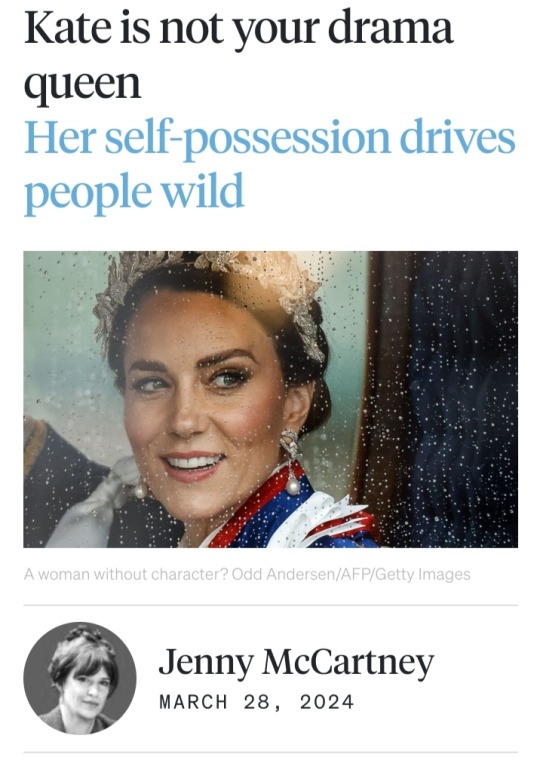
Just over a decade ago, the late novelist Hilary Mantel (6 July 1952 – 22 September 2022) delivered a lecture to an event at the London Review of Books and triggered national outrage.
In the course of a talk on “Royal Bodies,” which ranged widely across royal women from Anne Boleyn to Marie Antoinette and Princess Diana, she had made what many perceived as disparaging remarks about Kate Middleton, then the Duchess of Cambridge.
The Duchess, she said, appeared to have been “designed by a committee and built by craftsmen, with a perfect plastic smile and the spindles of her limbs hand-turned and gloss-varnished."
Indeed, Mantel said, Kate “seems to have been selected for her role of princess because she was irreproachable: as painfully thin as anyone could wish, without quirks, without oddities, without the risk of the emergence of character.”
At this, the newspapers were soon in uproar.
The prime minister David Cameron called the comments “completely misguided and completely wrong” and the Labour leader Ed Miliband agreed they were “pretty offensive.”
Mantel doggedly refused to back down, saying that her remarks had been twisted out of context, and that she was in fact writing with sympathy about the perceptions that are forcefully projected on to royal women, the cage in which they are held to be goggled at.
That was true but also perhaps not the entire truth, for there was still a perceptible trace of authorial vinegar in the portrait:
Which of us would be happy to learn, even in sympathy, that we were held at low risk for “the emergence of character”?
Royals are public as well as private figures, of course, and authors are free to hang intellectual ideas on them to try out, as designers do with clothes.
Yet while much of the lecture was sharply perceptive, I didn’t agree with the portrait of Kate.
That word “selected” had rendered her passive, when in fact her behaviour thus far had suggested both an active intelligence and an unusual degree of self-discipline.
The context of her entry into “The Firm” was different from that of other royal brides.
Unlike Diana, who had barely emerged from the fractured chrysalis of her troubled aristocratic family when she first met the much older, more worldly Prince Charles, Kate was a contemporary of Prince William’s at the University of St Andrews.
Her family background, which appeared warm and supportive, was comfortably middle-class.
She seemed generally cheerful and unruffled, even when the press was at the barbed peak of its “Waity Katie” hysteria, trying to goad Prince William into a proposal or abandonment.
After the wedding, in her approach to royal duties, she clearly took the role she had inherited with marriage seriously.
The royal whose attitude her own most resembled was the late Queen Elizabeth II, who had long understood the essential nature of the job:
To turn up to public events looking the part, intuit precisely what was needed — gravitas, fun, consolation or reassurance — and deliver it while keeping one’s personal emotions on the back burner.
This is what a monarchy demands, and the ability to act as an impeccable interpreter of the public mood, year after year, is a particular and testing art.
A few have a natural aptitude for it, but most of us do not, and would quickly find its scrutiny and restrictions intolerable.
Grace under consistent pressure is an admirable quality.
Were a ballet dancer to execute a string of flawless performances, or a pilot to conduct numerous flights without incident, it would not be deemed evidence of an absence of character: quite the opposite.
Yet in Kate — especially for those who increasingly conduct their lives online — serene self-possession seems to drive a proportion of onlookers insane: what lurks behind it, what dark secret is waiting to destroy it, how best might it be disrupted?
The uncomfortable truth is that what many people deeply crave in a young and beautiful royal wife and mother is not competence, but crack-up.

The increasingly bizarre treatment of Kate, or the idea of Kate, is connected to the most dominant phenomenon of our age: a cultural prioritising of drama over duty.
The supply of drama has spilled beyond the confines of the novel, theatre, cinema, or television to become a commodity on which our public figures are judged.
When Mantel spoke of Kate’s apparent absence of emerging “character,” she was assessing her primarily through the hungry eyes of a novelist.
In books, central female characters often generate dramatic tension by chafing against their circumstances, by the intensifying dazzle of their discontents, something that Kate refused to transmit.
In contrast, Mantel described Diana as a “carrier of myth”: Diana, publicly trapped in the disappointments of her marriage, certainly carried more plot twists than any author had a right to expect.
Unfortunately for her, the final one was her shockingly premature death.
Set against this artistic conception of “character” — distinctive qualities or flaws that, one way or another, deliver drama — is the societal judgement “of good character,” meaning someone who is broadly reliable and respected in relation to their behaviour to others.

In recent years, the electorate, in line with Neil Postman’s warning in his 1985 book, Amusing Ourselves To Death, has proved increasingly ready to select the former over the latter, even to the marked detriment of our civic health.
The former prime minister Boris Johnson instinctively understood it as his job not to deliver the detail of workable policy but to satisfy the public’s appetite for story:
“People live by narrative,” he once told UnHerd’s Tom McTague.
In the US, Donald Trump — that relentless generator of low mockery and high fury — is now running for a second term as president, after his first one ended in his supporters storming the Capitol building.
Men are often permitted to survive the frantic generation of drama: it is everyone around them who suffers.
Yet women — in art and life — have a greater tendency to be destroyed by it.
There is no strutting female equivalent of the male “hellraiser,” but rather a woman who, soaked in the crocodile tears of the tabloids, is tragically “causing concern” among friends.
Art and its audiences have always relished the restless struggle and disintegration of female characters who are, or become, unmoored from the harbour of marriage and children.
Flaubert’s Emma Bovary — her imagination inflamed by reading novels — is bored with her marriage and disenchanted with motherhood.
She seeks solace in affairs and excessive spending, the consequences of which hasten her suicide.
Zola’s Nana, a courtesan who ruthlessly captivates Parisian society, has her beguiling face eaten away by smallpox.
Janis Joplin and Amy Winehouse, immolated on their blazing talent, are hung posthumously high in the musical hall of fame, next to Sylvia Plath in the poetry section and Marilyn Monroe in cinema.
In Jean Rhys’s Good Morning, Midnight, a middle-aged English woman called Sasha Jansen, mourning an unhappy marriage and a dead child, finds herself in Paris, a vulnerable drifter seeking solace from stray men.
Rhys herself, who died at 88 after a precarious but surprisingly long life, had much in common with her literary creations.
As the writer and editor Diana Athill crisply put it:
“Jean was absolutely incapable of living, life was just hopelessly beyond her.
When she was young, she floated from man to man in a hopeless way… by the time she was old, she floated from kind woman to kind woman.”
In Rhys’s latter years — hard-drinking, irascible and impoverished — Athill and a small group of female friends formed what they called “The Jean Rhys Committee,” which met regularly to ask “what should we do next?”
Rhys’s claim to such loyalty, I suppose, was the weight of her literary talent, her ability to exert an odd kind of fascination, and the fortunate soft-heartedness of her friends.
The dramatic collided with the dutiful and was kept alive by it.

From what I can see, the Princess of Wales exists at the opposite end of the feminine spectrum from Jean Rhys.
Pinned firmly in place by her royal obligations, her wealth, her marriage, and three children, she belongs to the realm of the respectable and dutiful rather than the erratic and dramatic.
She is not a “character” in the artistic sense, nor does she desire to be, but both a survivor and upholder of an institution:
Hers is the territory of the prompt thank-you note, the kept promise, the commitment to public service, the uncomplicated pleasure in children, the stoic endurance of difficult times in the hope that better ones will come along soon.
The public senses an emotional solidity in her, and it is partly why she is held in broad esteem.
In this age of insistent self-definition, duty to others might be an unfashionable concept, but it is nonetheless one that keeps families and institutions from chaos and collapse.
With the advent of the internet, however, anyone with a keyboard can become a form of author, with the freedom to insert a toxic form of drama into real-life situations.
What was extraordinary, during the Princess of Wales’s recent health problems, is how speedily and carelessly such speculations overrode the bounds of decency.
It was already known that she had undergone major abdominal surgery and was taking time to recover.
And yet — egged on by the participation of silly celebrities and malicious US comedians — conspiracy theories about cosmetic surgery and affairs and nervous breakdowns spread like knotweed.
According to social-media researchers, these were also vigorously introduced and amplified by fake accounts set up on Twitter and TikTok, some associated with Russia-linked disinformation eager to spread the termites of mistrust and doubt in Western institutions.
Only the Princess of Wales’s revelation of cancer, which carries a testing drama all its own, served to shut up the majority of them.
Unlike these callous gossips, Mantel recognised her own complicity in dehumanising royalty.
Upon encountering the late Queen, the novelist said: “I passed my eyes over her as a cannibal views his dinner, my gaze sharp enough to pick the meat off her bones.”
The Queen looked back at her, she said, briefly hurt. Mantel warned of the way in which “cheerful curiosity can easily become cruelty” precisely as it has done in recent weeks.
Her talk concluded with a prescient instruction for those who comprehend monarchy mainly as a source of entertainment: “I’m asking us to back off and not be brutes.”
In the midst of treatment and recovery, the most hitherto stable of royal women could be forgiven a keen sense of injustice:
Her job description, it seems, must now include the ability to weather the online public’s fits of brutish mania for drama.
With its contempt for duty, and its savage appetite for story, it is hungry to chew up far more than just the Princess of Wales.

NOTE: Additional photos have been included in this article.
#Princess of Wales#Catherine Princess of Wales#Catherine Middleton#Kate Middleton#British Royal Family#cancer#chemotherapy#preventative chemotherapy#disinformation#misinformation#fake news#trolls#bots#click farms#targeted attack#malicious gossips
85 notes
·
View notes